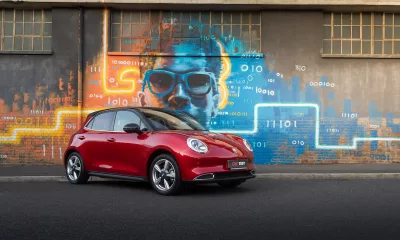In the December 2023 issue, we conclusively tested the mettle of GWM’s latest entrant in the local market set to redefine the compact EV market in South Africa, the Ora 300 Super Luxury.
Looking for your next new or used GWM? Find it here with CARmag.
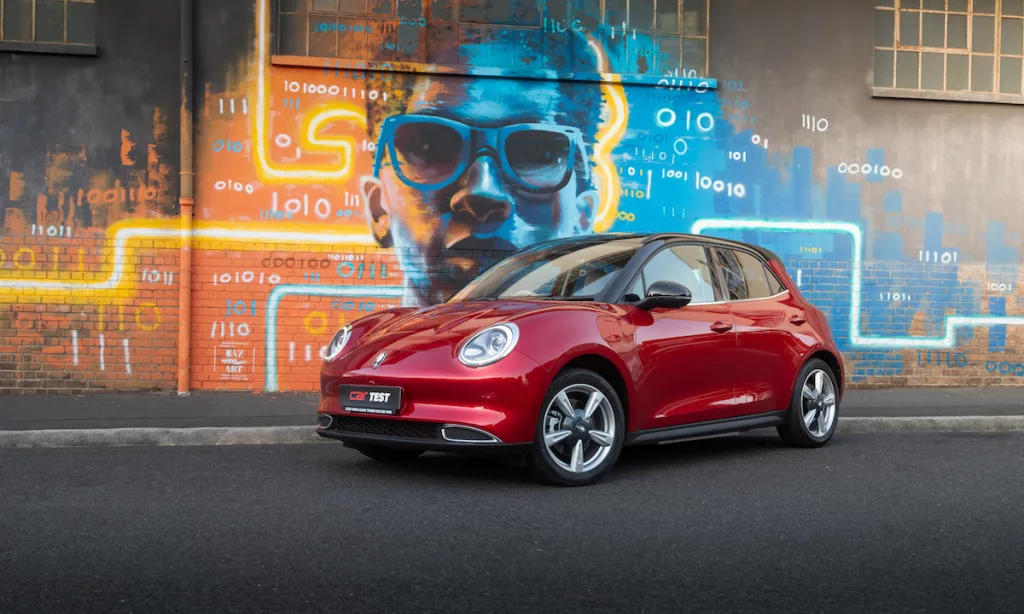
Founded in 2018 as the new energy division of Great Wall Motors (GWM), the Ora brand has already made noteworthy strides in terms of global market penetration. Following an established presence in Europe, the United Kingdom and Australia, this nameplate arrives in South Africa with a build quality and safety record (think full five-star Euro NCAP crash test rating) that would have been broadly scrutinised against many established European counterparts.
Related: Review: GWM Ora 03 300 Super Luxury
Built on a platform that is also capable of supporting hybrid as well as hydrogen fuel cell powertrain configurations, the first product from the Ora brand to arrive in South Africa thankfully drops its “Funky Cat” designation from other markets to simply be identifiable by one of four available derivative labels. As the entry point to this line-up, the Ora 300 Super Luxury tested here assumes the title as the most affordable passenger EV currently sold in South Africa.
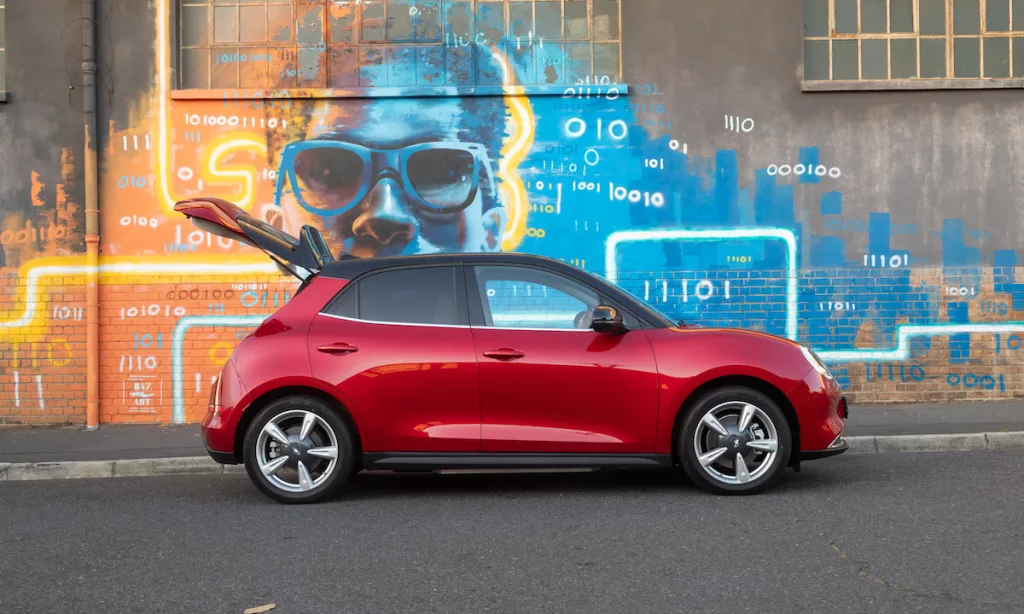
Broadly praised among CAR’s team of testers, the exterior styling of the Ora reminded some of a Mini Cooper (one of its challengers in the affordable EV space), while others saw hints of Fiat 500 (hopefully, a soon-to-be contender). Despite a footprint matching that of a modern VW Golf, the Ora is marketed as a city runabout. There are seven exterior colours to choose from – including our test unit’s Mars Red – and 18-inch alloy wheels that are standard fitment throughout the range. A closer look at the details of this car’s styling package reveals integrated honeycomb shapes within the front bumpers and a clever application of LED daytime running lights that double as indicators while on the move.
If the exterior is cutesy, the Ora’s cabin is a welcome blend of considered ergonomics. High-quality materials are smartly and tastefully integrated throughout, and the high standard specification is noteworthy. Although some of the controls are more complicated than they ought to be for a car targeting such a broad target market – for example, the climate control is activated via a Mini-style toggle yet one needs to dive into the infotainment system for this system’s associated controls – the car is pleasantly simple to operate. There’s no starter button; instead, the Ora is ready to roll as soon as the key fob is detected. We would prefer that the rotary transmission dial had set positions (it moves freely in either direction) but luckily there is a backlit indication to confirm whether you’re about to proceed or, indeed, reverse – with the help of a standard camera.
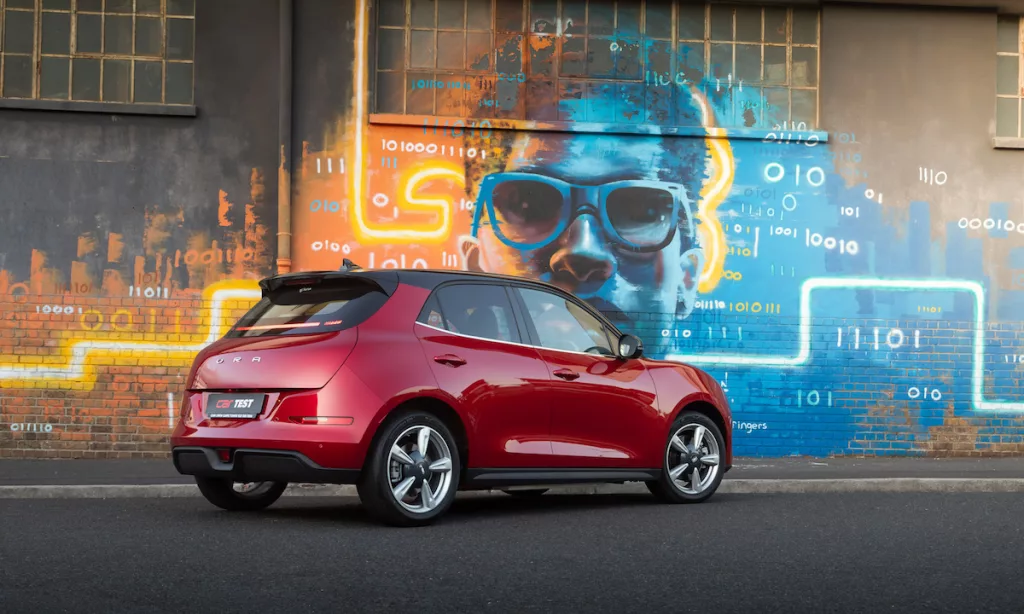
There are storage options aplenty within the cabin. The Ora’s twin 10.25-inch display screens, one for the instrumentation and trip information and the other hosting a full bouquet of modern infotainment technologies, also appear suitably chic.
Related: Pricing of GWM’s ORA EV Confirmed
With a wheelbase that’s longer than that of a Mk8 Golf, the Ora provides commendable cabin space for all passengers and adequate headroom for all. Even if presented as a relatively deep space, luggage capacity is on the small side, as our measurements suggest 152 litres. The rear seat backrests do however fold forward in a 60:40 split to realise 864 litres of utility space.
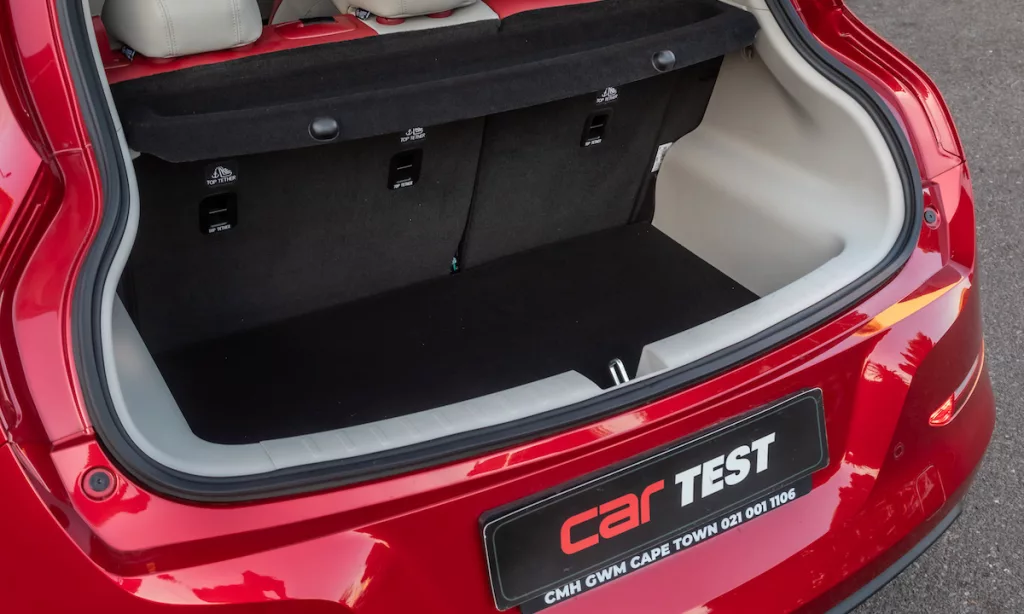
Whereas all four models in the Ora range feature an identical 126 kW/250 N.m electric motor that powers the car’s front wheels, the entry-level 300 derivative is differentiated by its smaller 48 kWh battery. The rest of the line-up (under the 400-naming structure) are all fitted with a 63 kWh battery. Able to charge via a maximum input of 64 kW (DC), the 300 Super Luxury’s claimed range is 310 km.
Although the facility exists to lock into an ECO+ mode that dulls throttle inputs and limits the car’s top speed to 80 km/h, we inherently preferred the Auto setting that leaves the guesswork to the car’s ECU. Immediately apparent is that despite the Ora’s characterful, city-friendly exterior styling – everything from the untroubled and compliant ride quality to the well-weighted, precise steering points to this being a very well-engineered compact hatchback. A tested 0-100 km/h sprint time of 7,6 seconds means that it’s relatively sprightly, too.
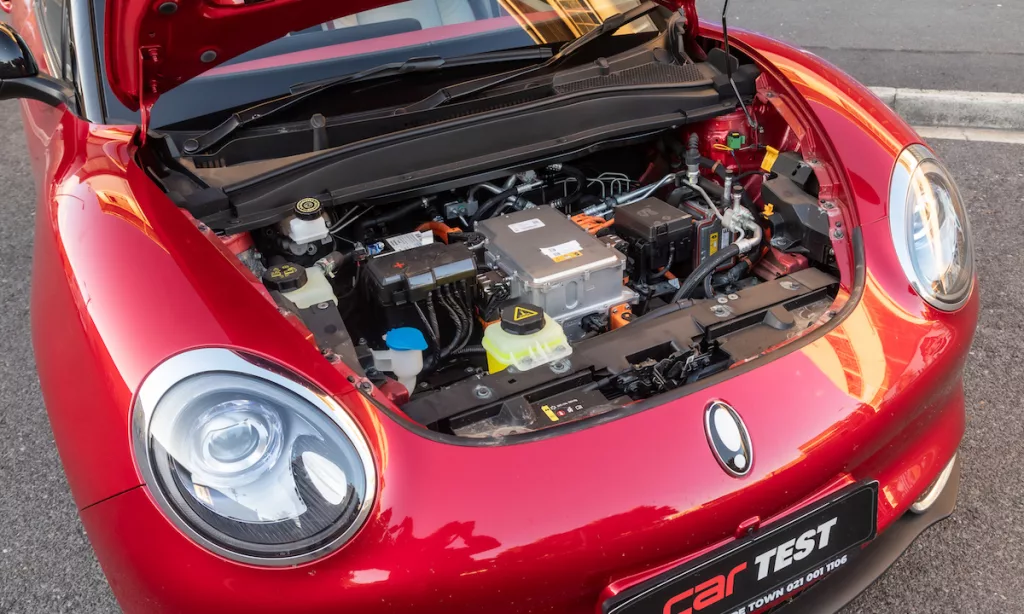
Unlike the (admittedly older) Mini SE that we’ve sampled, the available operating range in the Ora realised a steady, confidence-inspiring deplete, relative to our driving style. That said, a stated 300 km range should be easily achievable.
If GWM’s P-Series and the broad Haval SUV range have impressed with the rate at which they’ve steadily closed the gap to the respective establishment in the South African market, the arrival of the Ora as a “relatively affordable”, built-for-purpose all-electric solution now sets the benchmark for the others to try and match.
Although there are products available that more established manufacturers could introduce to take on the assured, easy-to-live-with character of GWM’s debuting EV, the talking point around new energy vehicles in our market remains how to launch these products at price points viable enough to entice a suitably sufficient selection of curious customers into showrooms. Until such time – and with the industry (hopefully soon) set to receive an update from the government on its plans to incentivise growth in this sector – many buyers will continue to instead look to brands like Suzuki, Toyota or VW for their value-focused motoring needs.
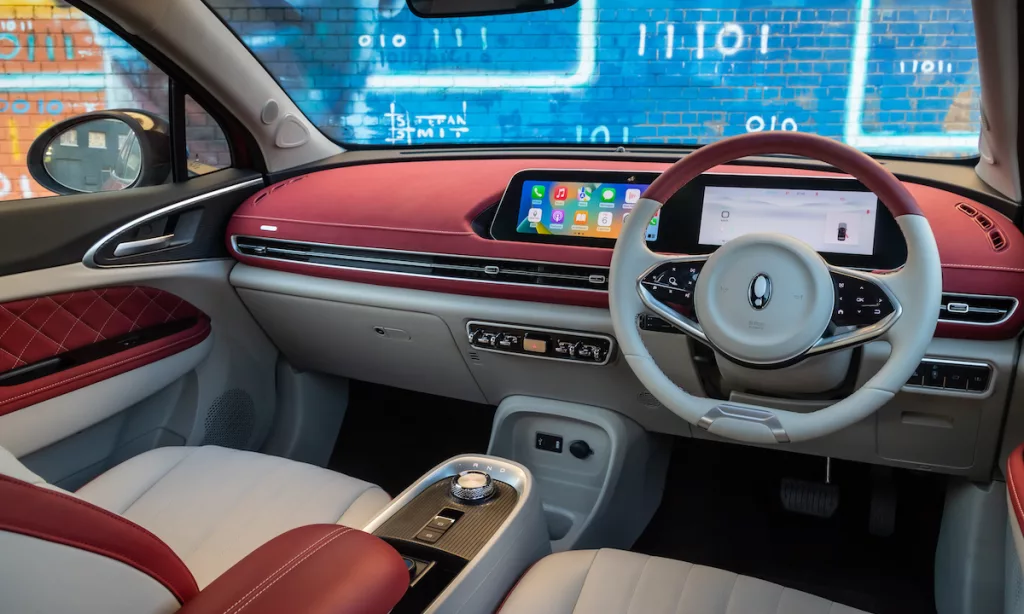
For now, the Ora remains the cat in a still-empty pigeon coop; however, this should not detract from the fact that it exists as a very impressive and global product.







